A major exhibition dedicated to Giovanni Paolo Pan ini or Pannini (Piacenza, 1691 - Rome, 1765) in his hometown: this is Giovanni Paolo Panini, a Piacenza dossier. Education between Piacenza and Rome, which the Biffi Arte Gallery in Piacenza is hosting in the exhibition rooms on the ground floor of the historic Palazzo Marazzani Visconti from December 20 to March 19, 2023. Curated by Marco Horak and Fabio Obertelli, the exhibition focuses on the formative years of the great Piacenza artist, devoting itself in particular to the pictorial environment in which Panini learned the first notions and aesthetic sensibilities necessary to concur in forming his artistic personality. The exhibition, dedicated to the memory of Ferdinando Arisi, a distinguished Piacenza scholar who worked on Panini himself throughout his life and whose tenth anniversary of his death falls, is totally centered on the city of Piacenza, where the artist began to structure his intellectual culture: the relationship between artist and city comes alive in a selection of works by the artist (only those so defined by an extensive and well-established bibliography are indicated as autograph), his milieu, and artists who worked in those years.
The works come from public and private collectors: on display are a group of oil paintings by Panini that evoke the painter’s ingenious mastery in skillfully orchestrating spaces, with settings of Roman ruins, populated by his very typical figurines, of fundamental importance for the aesthetics of the 18th century and the beginning of the following century. These are unique compositions that already fascinated the artist’s contemporaries, and François Basan acutely wrote about them in 1775: “[...] most of those who work in the same genre have not at all that enthusiasm, nor that fecundity of genius which was peculiar to him [...]: the touch seduces, nothing in his works appears forced. Lights and shadows are distributed with such art and such intelligence that a perfect accord results, and nothing can be more pleasing to the eye.” Alongside the paintings on display will also be engravings including those of Ferdinando Galli Bibiena, Francesco Panini, son of Giovanni Paolo, as well as Claude-Henri Watelet and Robert Daudet, two famous artists whose works are exhibited in the Louvre and the British Museum, who having taken up several of Panini’s paintings in their engravings testify more than any other consideration to the importance and international fame enjoyed by the great painter from Piacenza even in his time.
In the exhibition it will also be possible to admire a portrait executed by Charles Natoire around 1750, exhibited to the public for the first time, capable of restoring an exquisite image of Panini at the height of his maturity, at the peak of his success that would consecrate him as one of the great protagonists of the history of international art of the 18th century. The works are exhibited with, instead of the traditional captions, the complete catalog entries, so as to provide the visitor with all the fullest information.
The period of the Biffi Arte Gallery’s exhibition event (2022-2023) also coincides with additional significant anniversaries related to the exhibition’s protagonists: for Giovanni Paolo Panini it was the 330th anniversary of his birth in 2021 (Piacenza thus commemorates the artist, albeit a year later than the anniversary, due to regulatory restrictions imposed last year in connection with the Covid pandemic); in 2023, on the other hand, it will be the 280th anniversary of the death of Ferdinando Galli Bibiena (Bologna, 1657 - 1743), whose extraordinary painted architecture inspired the young Panini during his early training in Piacenza, and finally, also in 2023, marks the 400th anniversary of the birth of Giovanni Ghisolfi (Milan, 1623 - 1683), a painter from Milan by birth but partly from Piacenza by origin, whose two large paintings occupying as many walls in the salon (now called “Sala Panini”) of Palazzo Galli in Piacenza are preserved. The relationship between Ghisolfi and Panini has already been extensively sounded out by studies on the history of art of the period since, while the two artists never had a chance to meet since Ghisolfi passed away before Panini’s birth, it is nonetheless true that all of Panini’s early Roman production is strongly influenced by Ghisolfi’s works.
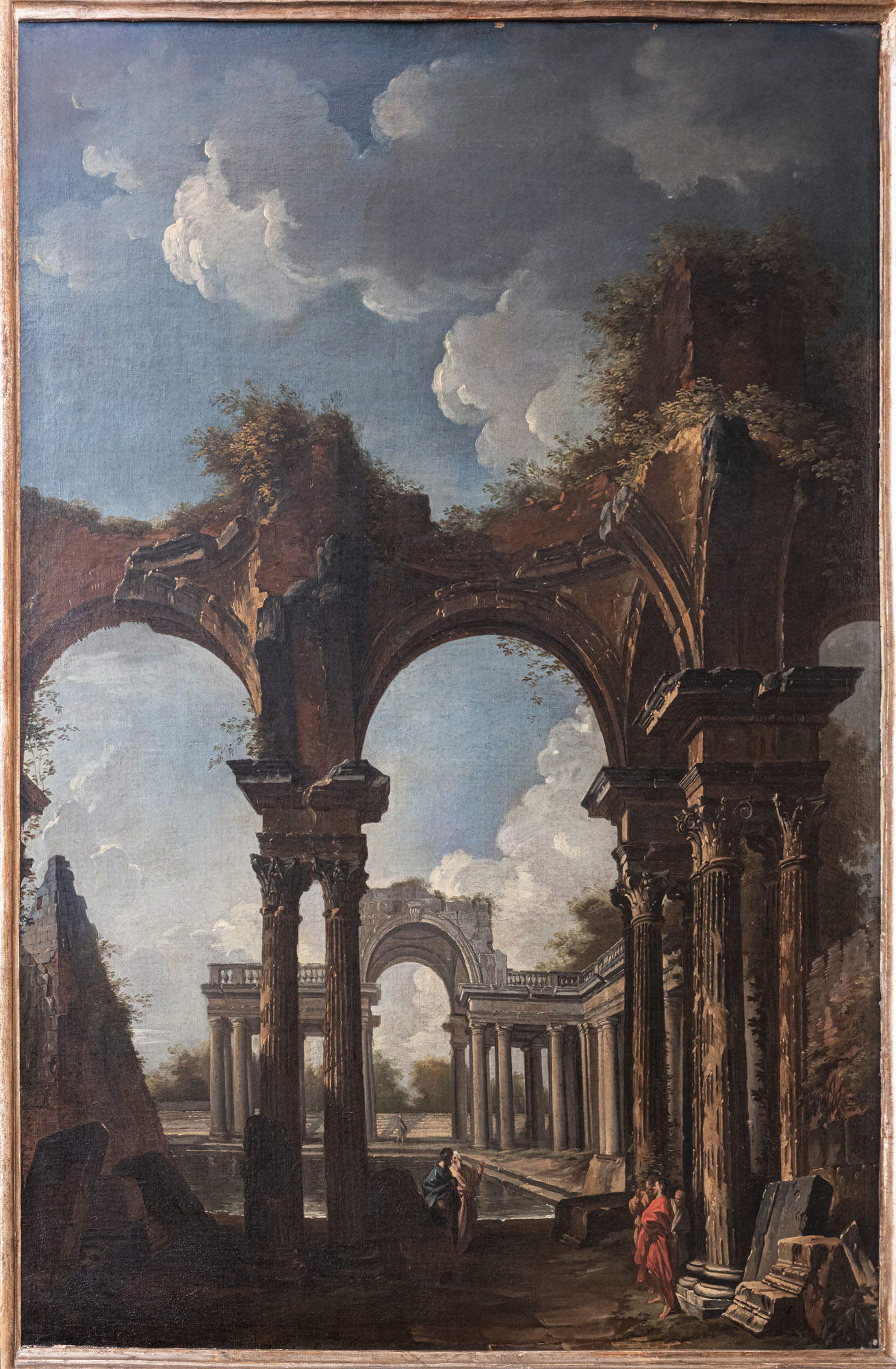

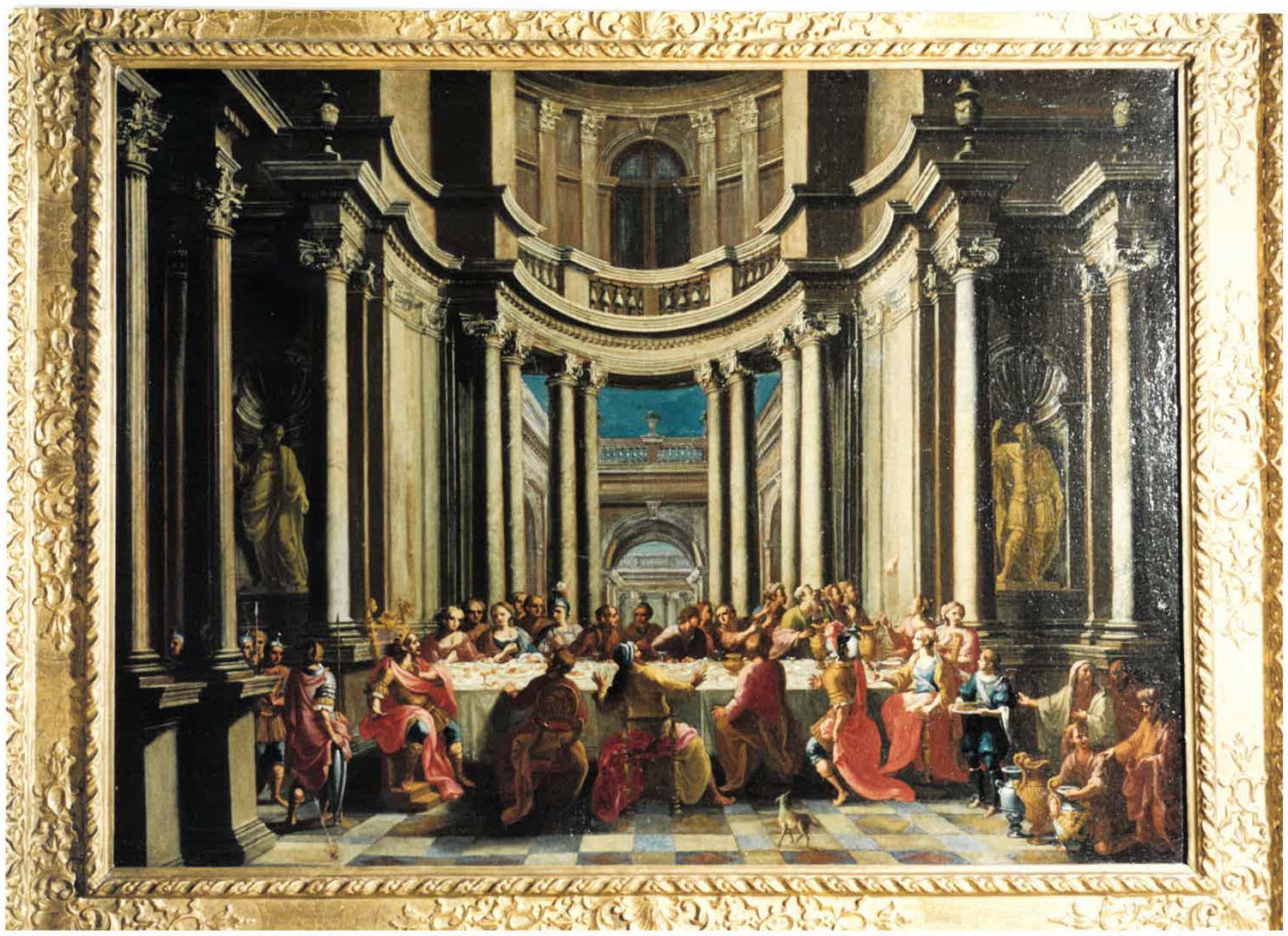 Giovanni Paolo Panini,
Giovanni Paolo Panini,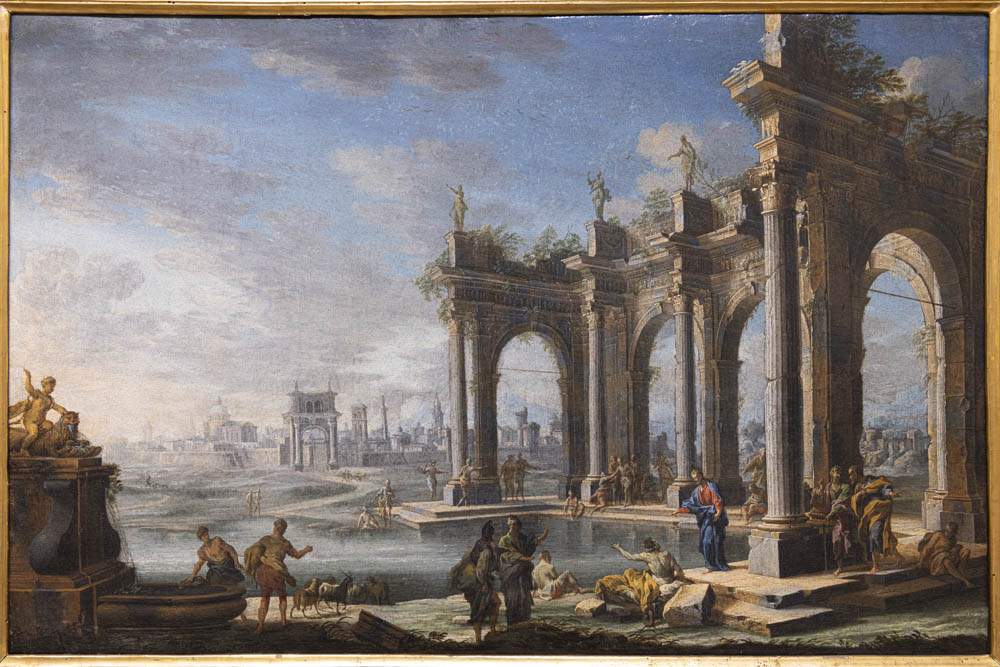
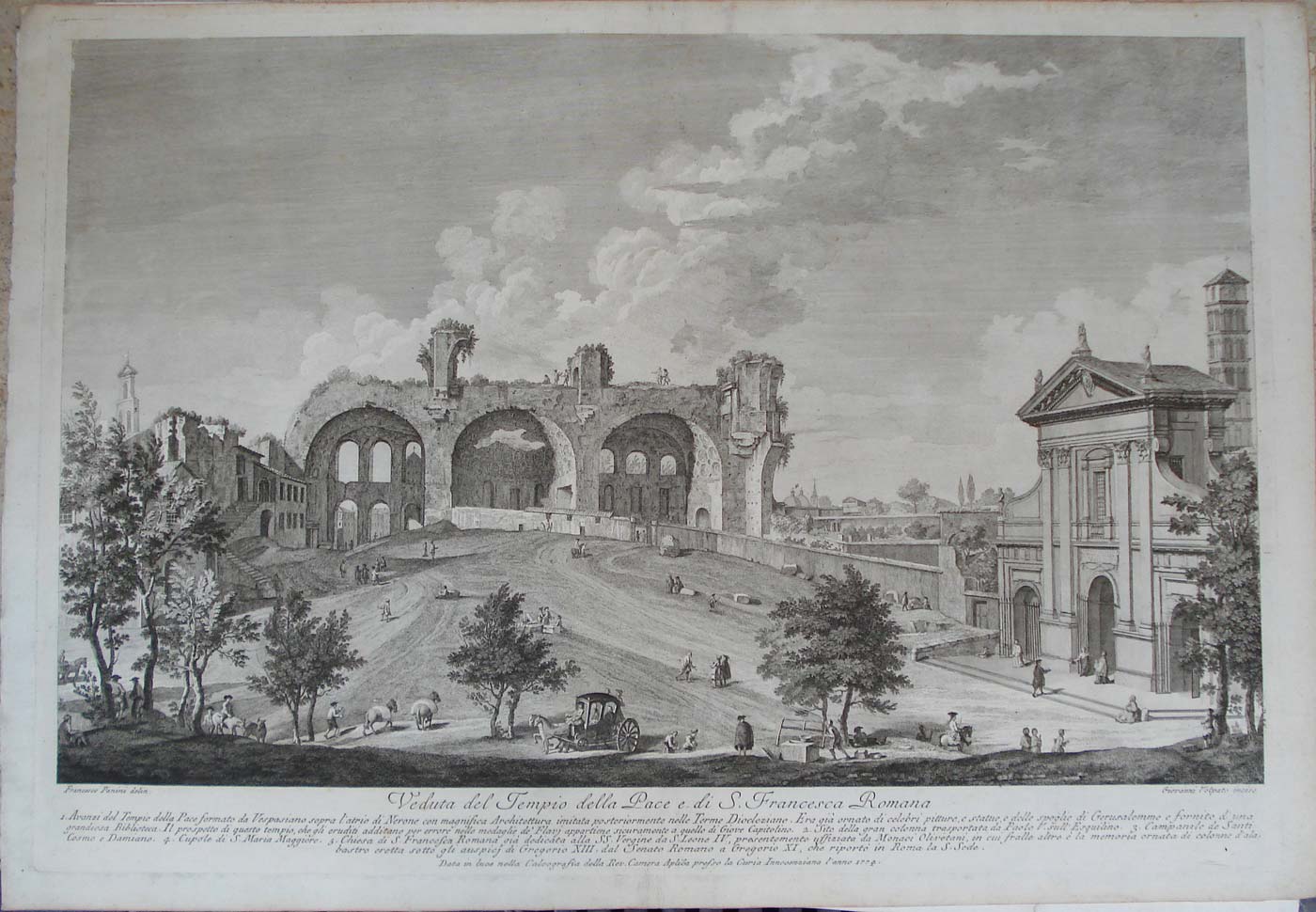
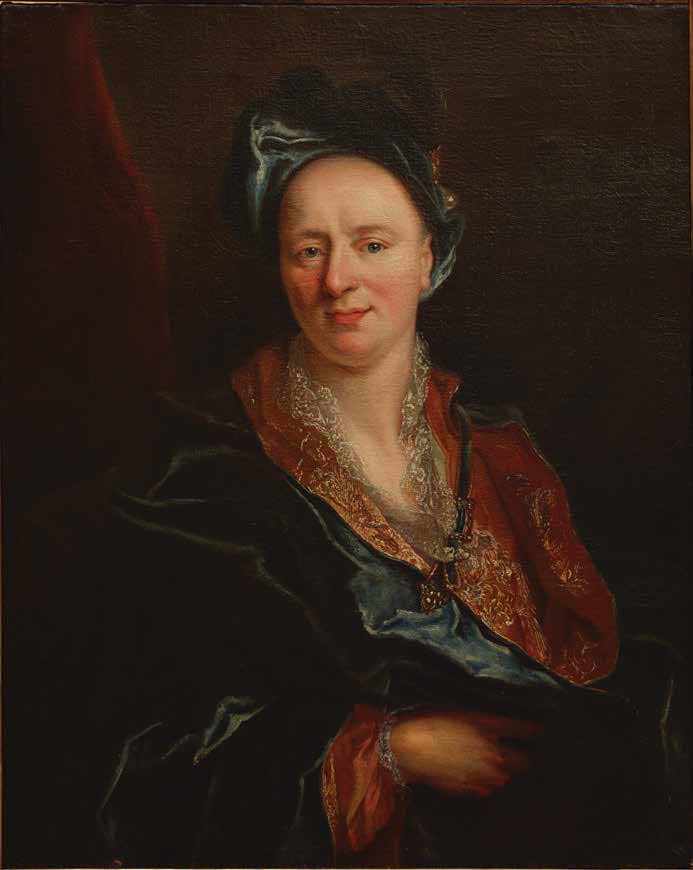
“Once again, Galleria Biffi Arte gives Piacenza a cultural event of the highest profile, confirming its extraordinary ability to express and convey the universal language of beauty,” says the mayor of Piacenza, Katia Tarasconi. “The exhibition dedicated to Giovanni Paolo Panini and the artists who influenced his education is intertwined with a tribute to the unforgettable figure of Ferdinando Arisi and his invaluable work, in a tribute of esteem and gratitude that evokes, more than ever before, the fundamental value of popularizing and involving the public in the reflection on art, its historical and stylistic paths.”
“There are circumstances in which the commitment one places at the service of culture is particularly fertile and gratifying: this is the case with this exhibition,” points out Pietro Casella, founder of Formec Biffi S.p.A. “Offering Piacenza the enjoyment of this important body of works by Giovanni Paolo Panini, a son of our city but an artistic voice of international resonance, makes us aware of a cultural belonging to be proud of. But it is also an exceptional lesson in taste, an invitation to look back to a past of elegance and grace that we must not forget.”
“We are very honored to welcome in the halls of the Biffi Arte Gallery this evocative path of insight,” say Susanna Gualazzini and Carlo Scagnelli, curator and artistic director of Biffi Arte, respectively. “Of Giovanni Paolo Panini this exhibition restores the crucial junctures: the prodromes of the formation, the delicate passage of taste after the 1930s, with the landing to a more documentary approach although of unchanged grace, the Roman and international relations, the cultural legacies to his son Francesco. The result is a timely reconnaissance that, after the important studies dedicated by Ferdinando Arisi, lifts the gaze on one of the most emblazoned artists of our eighteenth century, as well as an easy excursus among the most luminous outcomes of eighteenth-century aesthetics, from the freest whims to the ’true views’ of an artist always in search of balance. Panini is a voice of his own time, an age in which beauty, understood as the idea of correspondence, symmetry, and order, innervates artistic research: and the painter from Piacenza makes this purpose his own but always combines it with a limpid and sincere sensibility that makes his art profoundly human.”
“The exhibition-dossier on Giovanni Paolo Panini and his education between Piacenza and Rome,” emphasizes curator Marco Horak, “is dedicated, in the decade since his death, to the memory of Ferdinando Arisi, the great art historian from Piacenza who would have been 100 years old on November 10, 2022. It is for me, who knew and frequented him to the point of becoming his friend, an immense pleasure and honor to formulate some reflections on a scholar whose work left a profound imprint on the cultural context of our city. But if the curriculum vitae of our late friend Ferdinando is already known to many Piacenza residents one consideration, in my opinion, has not yet been sufficiently emphasized: the international relevance of Professor Arisi. In the case of Gian Paolo Panini, his opinions are always highlighted by catalogs as a prerequisite for the reliability of attributive hypotheses. What was the level of his notoriety before he was studied, analyzed and ’vivisected’ by Arisi, who dealt with him for over 60 years? What were its market quotations? Well, it is quickly said: a good painter of the Roman eighteenth century who, like other artists of his time, had achieved a certain notoriety through the realization of ’souvenirs d’Italie,’ that is, paintings that depicted piazzas and other places in Rome, as well as architectural ruins (some real, others more or less fictional) of our capital, often intended to be sold to wealthy Europeans, who at the time were making the c.so-called Grand Tour to Italy, while the less wealthy, who could not afford the expensive paintings, had to be content to take home the much cheaper engravings depicting the same themes. Panini had, therefore, a level of notoriety not comparable to that which he currently enjoys worldwide. Credit is due to the studies of Ferdinando Arisi, who has explored all aspects of Panini, from the early Bibienesque influences in the painted architecture, to the influence of Salvator Rosa, who was also the master of Giovanni Ghisolfi, another painter who inspired the Piacenza artist, to the discovery of several of his paintings that had previously had questionable attributions, and finally to the almost complete cataloguing of the corpus of his works.”
The exhibition is open to the public on Tuesdays, Wednesdays, Fridays and Saturdays from 10:30 a.m. to 12:30 p.m. and 3:30 p.m. to 7:30 p.m., Thursdays from 10:30 a.m. to 12:30 p.m., and Sundays from 3 to 7 p.m. Monday closing day. For all information visit the Biffi Arte website.
 |
| An exhibition in Piacenza on the formative years of Giovanni Paolo Panini |
Warning: the translation into English of the original Italian article was created using automatic tools. We undertake to review all articles, but we do not guarantee the total absence of inaccuracies in the translation due to the program. You can find the original by clicking on the ITA button. If you find any mistake,please contact us.